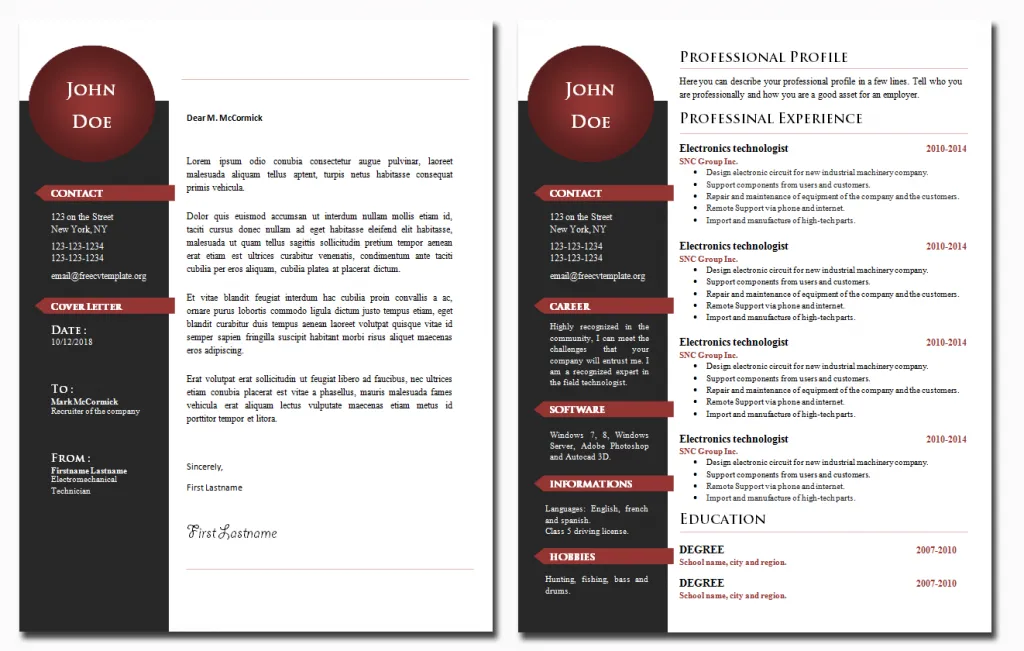Understanding the Importance of a CV Cover Letter
In the competitive landscape of job applications, a well-crafted CV cover letter is not merely an optional extra; it is a crucial component that can significantly impact your chances of securing an interview. Often overlooked, the cover letter serves as your initial point of contact with a potential employer, offering a unique opportunity to present yourself beyond the confines of your CV. It provides a platform to express your personality, highlight your key skills and experiences, and articulate your genuine interest in the specific role and company. The impact of a cover letter goes beyond just conveying information; it can set the tone for your application and create a positive first impression. Neglecting this essential document is akin to leaving a significant portion of your story untold. So, let’s dive into the vital role of a cover letter and why it matters.
Why Cover Letters Matter
Cover letters matter because they offer a personalized narrative that a CV cannot. While your CV provides a static overview of your qualifications, a cover letter allows you to connect your skills and experiences to the specific requirements of the job. It’s your chance to explain why you’re a perfect fit for the role, demonstrating your understanding of the company’s needs and your enthusiasm for contributing to their success. It also showcases your communication skills and attention to detail, qualities employers highly value. Moreover, a well-written cover letter enables you to address any potential gaps or weaknesses in your application, such as career transitions or unconventional experience, providing context and reassurance to the hiring manager.
Cover Letter’s Impact on Job Application
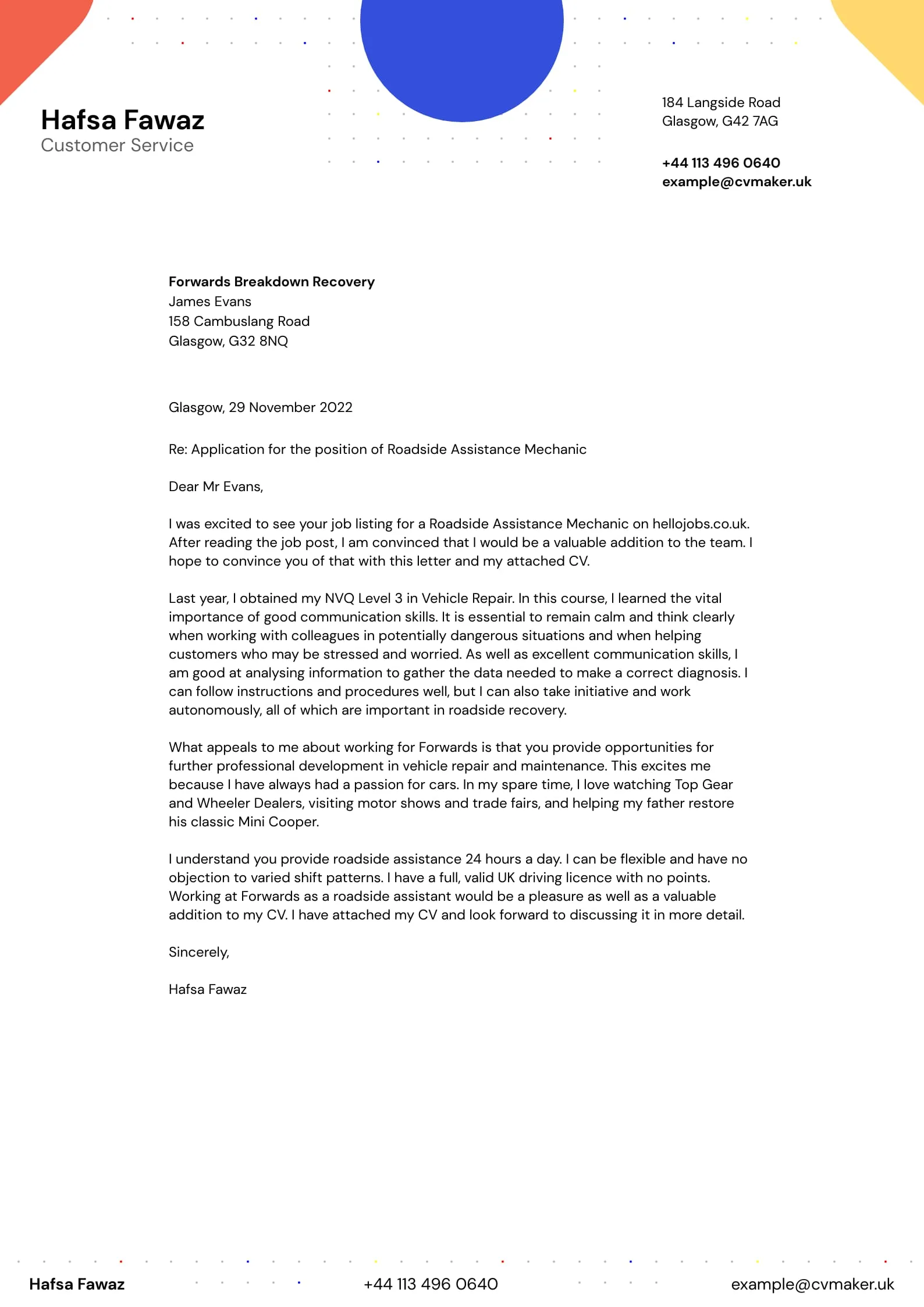
The impact of a cover letter on your job application is multifaceted. Firstly, it significantly increases the likelihood of your application being reviewed, especially when submitted alongside a targeted CV. Many employers prioritize applications that include a cover letter, as it demonstrates proactive engagement and a genuine interest in the opportunity. Secondly, it gives you a competitive edge by allowing you to stand out from other applicants. By tailoring your letter to the specific job description and highlighting relevant accomplishments, you can clearly communicate your value proposition. Finally, a strong cover letter can compensate for any perceived deficiencies in your CV. It allows you to elaborate on skills or experiences that may not be immediately evident, presenting you as a well-rounded and compelling candidate.
Essential Elements of a Well-Formatted Cover Letter
A well-formatted cover letter adheres to a structured approach that ensures clarity, professionalism, and impact. It should include specific elements to effectively communicate your qualifications and interest. The format is essential. It should be easy to read, well-organized, and visually appealing, allowing the reader to quickly grasp the key information. The tone should be professional and enthusiastic, reflecting your genuine interest in the role. The language should be concise, compelling, and free of any errors. Let’s go through each of these elements in detail to get a clear understanding on how to write a good cover letter.
Contact Information
Your contact information should be placed at the top of the letter, typically aligned to the left or right. This section allows the recruiter or hiring manager to easily find your contact details, ensuring they can get in touch with you quickly. Make sure your name is clearly visible, followed by your phone number, email address, and optionally, your LinkedIn profile URL. Accuracy in this section is paramount as it can be a great loss to not getting a response to your job application because of a mistake on this section. Always proofread carefully to avoid any errors that could hinder communication.
Formatting Your Contact Information
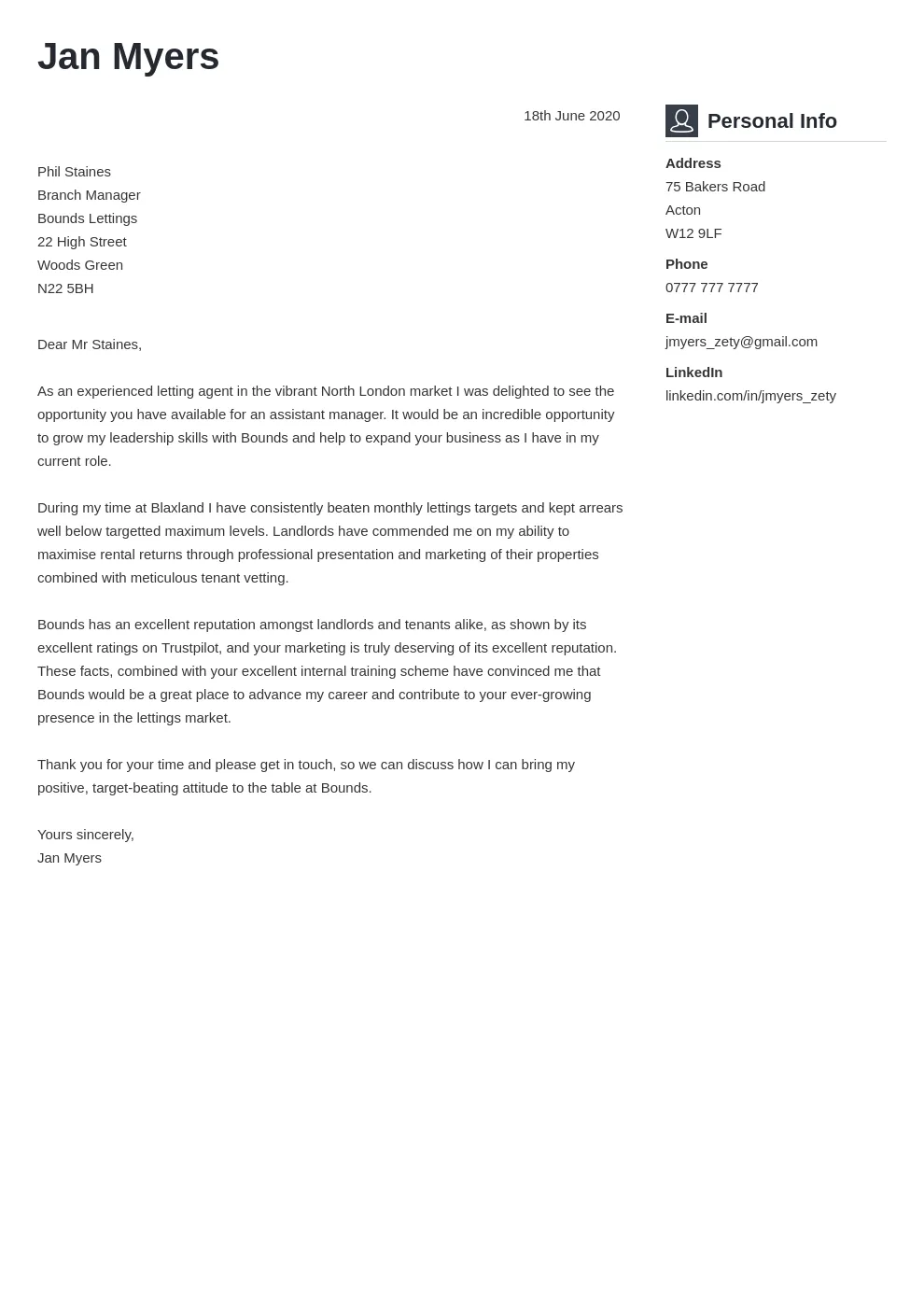
The formatting of your contact information should be consistent and professional. Use a clear font, like Arial or Times New Roman, and a font size between 10 and 12 points for readability. While some prefer to list their contact information in a single block, others opt for separate lines for each element, maintaining a clean and organized appearance. Whatever formatting you choose, ensure it’s consistent throughout the document. Consider using a simple header or footer to keep your contact details accessible on every page if you’re submitting a multi-page document.
The Salutation
The salutation sets the tone for your cover letter, so it’s important to get it right. Aim for a professional and respectful salutation that addresses the recipient appropriately. If you know the hiring manager’s name, use it. If you’re unsure, use a general, professional greeting. The salutation is your first step in establishing a connection, so choose wisely, but do not overthink it. The goal is to open the communication in a respectful manner.
Choosing the Right Salutation
The best salutation is always the one that includes the hiring manager’s name and title, such as ‘Dear Mr. Smith’. If the name isn’t available, a good alternative is ‘Dear Hiring Manager’ or ‘Dear [Company Name] Recruiting Team’. Avoid overly casual salutations like ‘Hi’ or ‘Hello’, as they may come across as unprofessional. Always double-check the spelling of the name and title, making sure that they correspond to the gender of the person you are addressing. Always use formal salutations unless you are explicitly instructed otherwise.
The Body Paragraphs
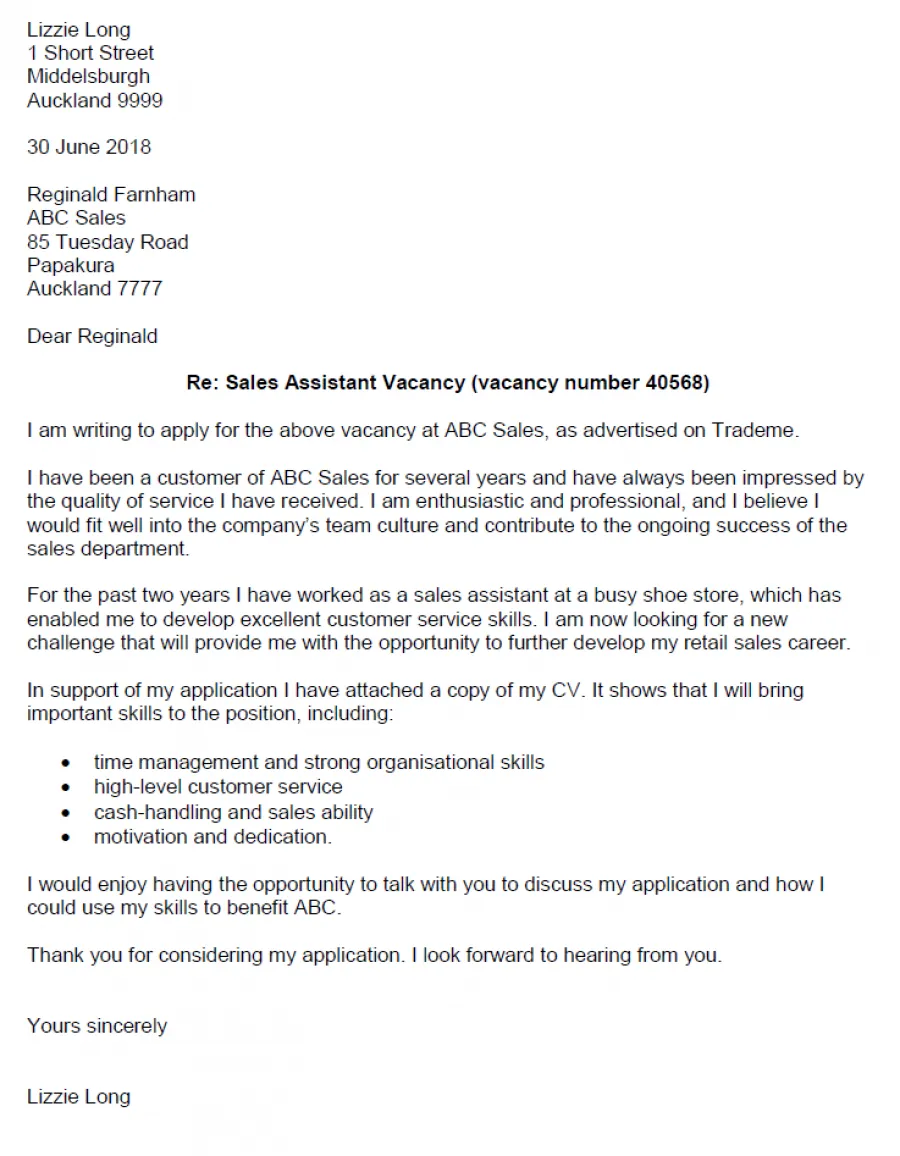
The body paragraphs are where you truly showcase your skills, experience, and personality. Each paragraph should have a clear purpose, building upon the previous one to create a compelling narrative. Structure your body paragraphs strategically to highlight your qualifications, demonstrate your understanding of the job requirements, and articulate your enthusiasm for the opportunity. The body of the cover letter is the core of your message, so it needs to be structured, informative, and engaging. Now, let’s examine each of the paragraphs separately.
First Paragraph: Grab Attention
The first paragraph is your chance to make a strong initial impression and immediately grab the reader’s attention. Start by stating the position you’re applying for and where you found it, and then immediately follow with a concise statement that highlights your most relevant qualification or a key accomplishment. This opening should spark the hiring manager’s interest and encourage them to continue reading. Be direct, concise, and enthusiastic. Avoid generic introductions; instead, tailor your opening to reflect your unique value and interest in the specific role. Make sure it makes the recruiter want to know more about you.
Second Paragraph: Showcase Skills
The second paragraph is dedicated to showcasing your skills and abilities, specifically highlighting those that align with the job requirements. Carefully review the job description and identify the key skills and qualifications the employer is seeking. Then, provide concrete examples of how you’ve demonstrated these skills in previous roles or projects. Quantify your achievements whenever possible, using data and metrics to demonstrate the impact of your work. For example, instead of saying ‘Managed projects,’ say ‘Managed three concurrent projects, resulting in a 15% increase in efficiency.’ Make sure you demonstrate to the recruiter that you know what is required and that you are the right fit.
Third Paragraph: Highlight Experience
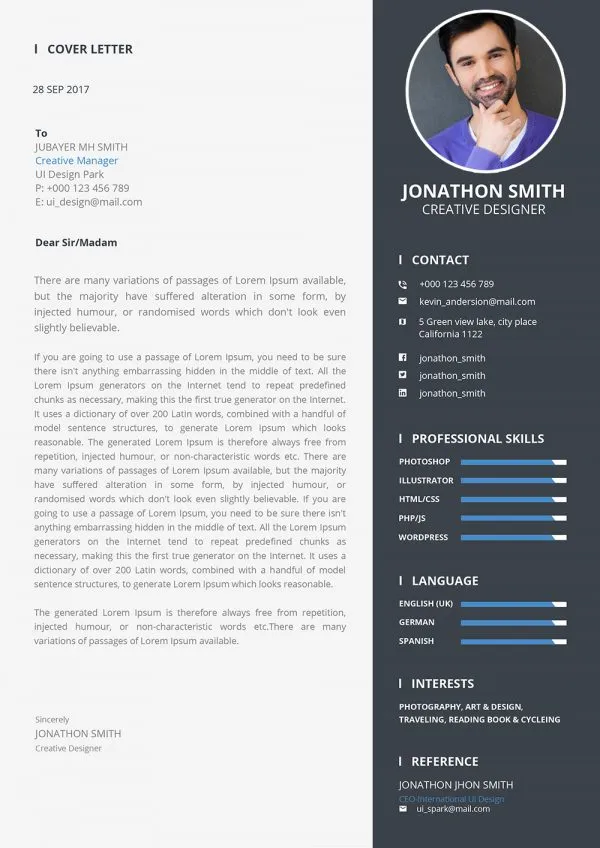
In the third paragraph, focus on your relevant experience. Provide details about your previous roles, highlighting the responsibilities you held and the achievements you made. Emphasize how your experience has prepared you for the specific role you’re applying for. If possible, connect your experience to the company’s values or goals, demonstrating your understanding of their mission. Use the STAR method (Situation, Task, Action, Result) to provide detailed and compelling examples of your accomplishments. Clearly illustrate your impact in previous roles to show your value to a potential employer and increase the likelihood of getting the job.
Fourth Paragraph: Express Enthusiasm and Call to Action
The final body paragraph should express your enthusiasm for the opportunity and include a clear call to action. Reiterate your interest in the role and the company. Explain why you’re excited about the prospect of joining the team. Then, provide a clear and concise call to action, such as stating your availability for an interview or expressing your eagerness to discuss your qualifications further. Thank the reader for their time and consideration, and reiterate your contact information. End with a professional closing like “Sincerely” or “Best regards,” followed by your name.
The Closing
Your closing should be professional and courteous. Use a standard closing, such as ‘Sincerely’ or ‘Best regards,’ followed by your full name. Ensure that your closing aligns with the tone and formality of your letter. Before submitting, proofread the entire document to avoid any typos or grammatical errors, ensuring that your closing is clean and polished. The closing marks the end of your cover letter and is the last thing the recruiter will read, so make sure you make a great final impression.
Formatting and Design Tips for Your Cover Letter
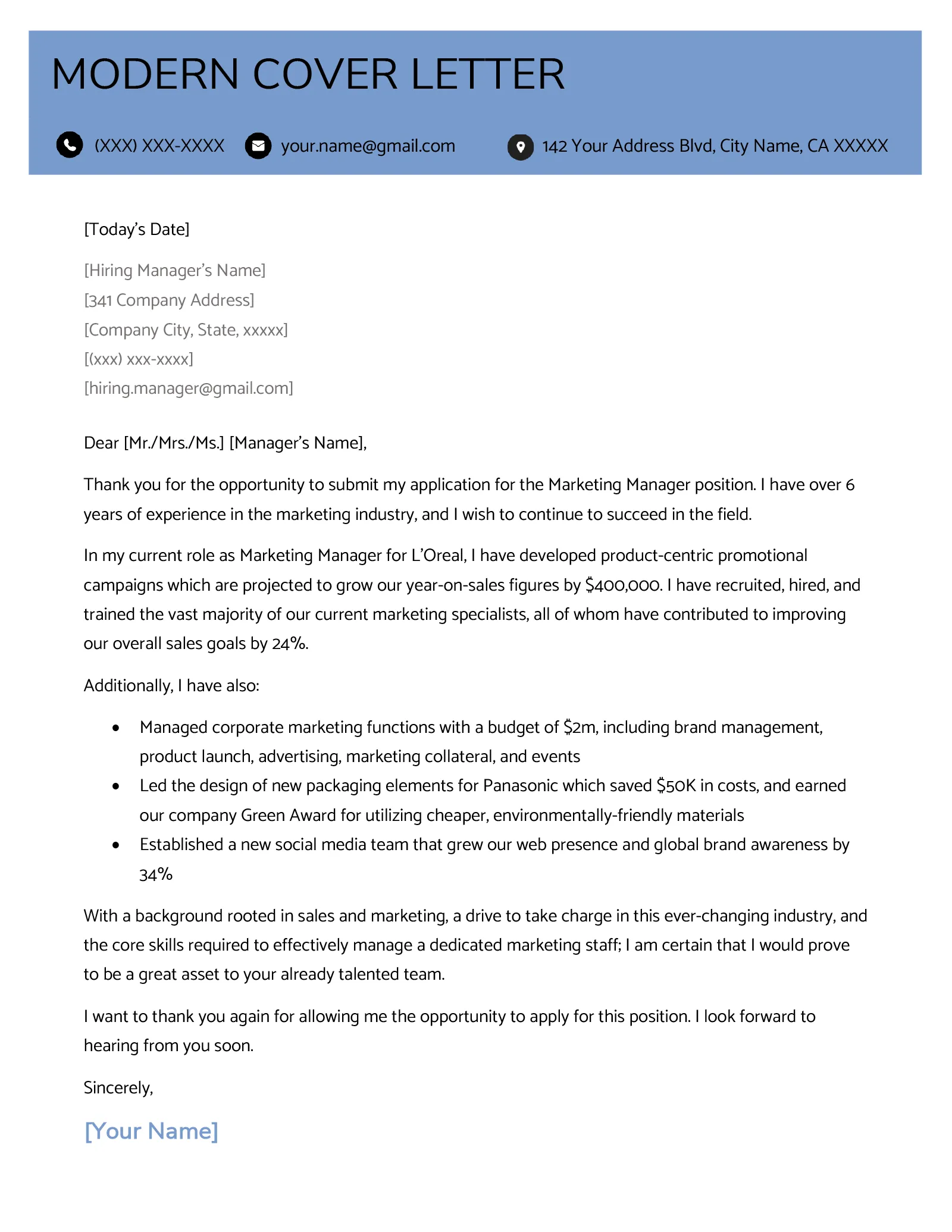
Effective formatting and design enhance the readability and professionalism of your cover letter. The overall design should be clean, consistent, and easy on the eyes. Adhering to a few basic formatting principles can make a significant difference in how your letter is perceived by potential employers. Let’s go into the specific formatting and design to make sure you give your best impression possible.
Font Choices and Readability
Choose a professional and readable font, such as Arial, Times New Roman, Calibri, or Georgia. The font size should typically be between 10 and 12 points. Avoid using overly decorative or stylized fonts, as they can be distracting and make your letter difficult to read. Maintain consistency throughout the document. Make sure your header and footer are clear and easy to read, and stick to one or two fonts throughout the entire letter. The goal is to create a clean and appealing layout that highlights the content.
Margins and Spacing
Use standard margins, typically one inch on all sides. This creates a balanced and professional look. Double-space between paragraphs to improve readability. Avoid overcrowding your letter with text; sufficient white space makes it easier for the reader to digest the information. The appropriate use of white space draws attention to the most important information and enhances the overall visual appeal. Ensuring the margins and spacing will ensure the content is presented in an effective and eye-catching way.
Length Considerations
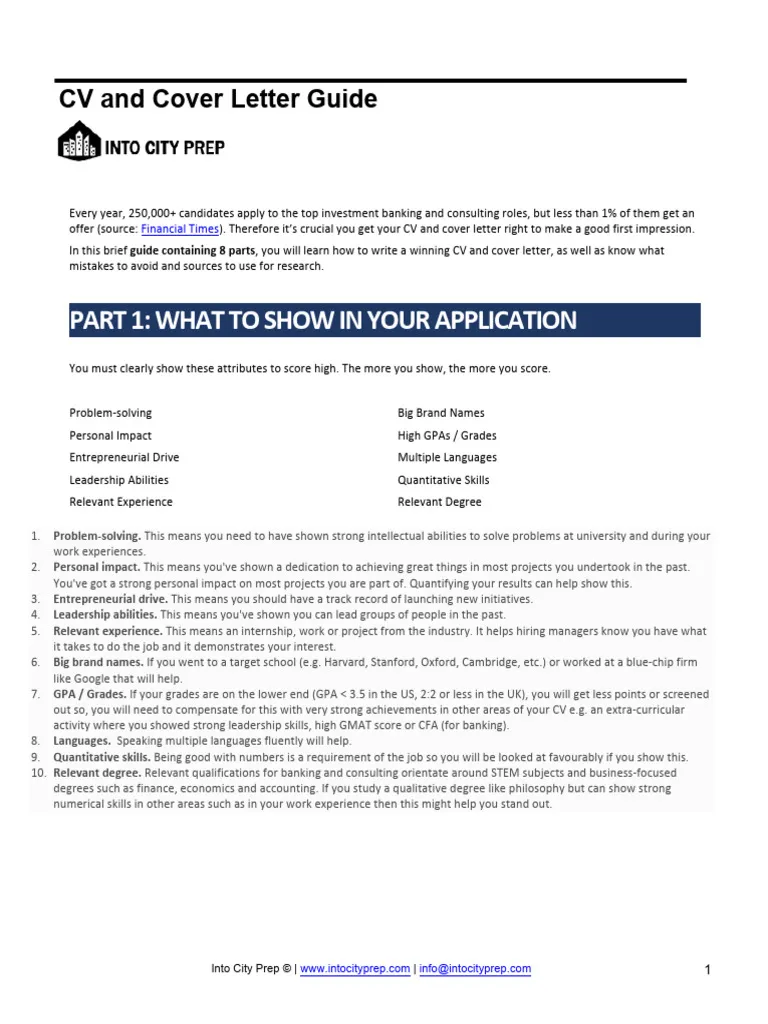
Keep your cover letter concise and to the point, ideally one page long. Hiring managers are busy and appreciate brevity. Focus on the most relevant skills and experiences. Make every word count. Edit ruthlessly. If you go beyond one page, ensure the second page provides essential information and doesn’t include unnecessary details. Each sentence should serve a purpose in conveying your value to the employer. The goal is to balance thoroughness with conciseness, providing a compelling narrative in a format that’s easy to read and understand.
File Format and Submission
Always save your cover letter in PDF format unless otherwise specified by the employer. PDF format ensures that your formatting remains intact, regardless of the recipient’s operating system or software. Double-check the job application instructions regarding file naming and submission methods. If there are specific instructions, follow them precisely. If you’re sending your cover letter via email, include a brief and professional subject line that includes the job title. Proofread your email and attachments before sending to avoid errors.
Common Mistakes to Avoid in CV Cover Letter Formatting
Avoiding common mistakes is essential to ensure your cover letter makes a positive impression. These errors can detract from your qualifications and hinder your chances of getting an interview. By being aware of these pitfalls, you can refine your cover letter and make a more compelling case for your candidacy.
Lack of Personalization
Generic cover letters are a major turn-off for hiring managers. Failing to personalize your letter to the specific job and company demonstrates a lack of interest and effort. Always tailor your cover letter to each application. Research the company and role, and demonstrate your understanding of their needs and values. Highlighting specific achievements related to the job’s requirements will significantly increase your chances. Take the time to show you care, and your cover letter will get a second look.
Typos and Grammatical Errors
Typos and grammatical errors can undermine your credibility and professionalism. They indicate a lack of attention to detail. Always proofread your cover letter multiple times. Use spell-check and grammar-check tools, but also read your letter carefully to catch any errors that automated tools might miss. Asking a friend or family member to review your letter can help. A polished, error-free cover letter reflects your commitment to quality and attention to detail. Always be mindful of these common mistakes.
Generic Content
Using generic content that could apply to any job undermines your impact. Your cover letter should be unique and specific to the role you’re applying for. Avoid clichés and vague statements. Instead, highlight your specific skills, experiences, and accomplishments that align with the job requirements. Customize your letter to the role, emphasizing why you’re a perfect fit and what unique value you bring. This will make you stand out from other applicants.
Overly Long Cover Letters
A cover letter that’s too long risks losing the reader’s attention. Aim for a concise and focused narrative. Ideally, keep your letter to one page. Avoid including irrelevant information or going into excessive detail. Be selective in what you include, focusing on the most critical skills, experience, and achievements. A concise and well-crafted cover letter will be more effective than a lengthy one. Respect the reader’s time by delivering your key points efficiently.
Conclusion
Mastering the CV cover letter format is a vital step in your job search. A well-formatted cover letter can significantly increase your chances of getting noticed by potential employers. By understanding the importance of a cover letter, the essential elements, and the formatting and design tips discussed above, you can create a compelling document that showcases your qualifications and makes a strong first impression. Remember to avoid common mistakes such as generic content and grammatical errors, and always personalize your letter to each job application. By following these guidelines, you can write a cover letter that effectively highlights your unique value and helps you land your dream job. Good luck!
